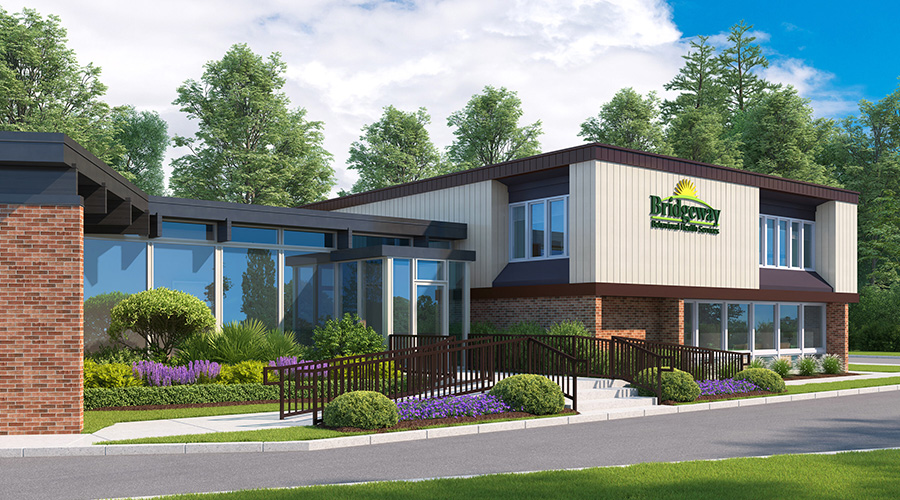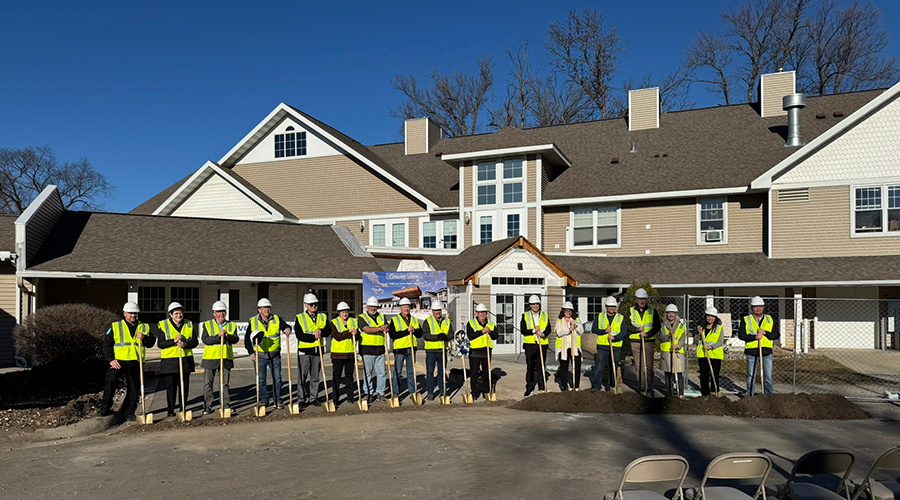Design considerations have become a higher priority in many healthcare facilities in recent years, and the emphasis in facilities housing older and more frail patients has been especially pronounced. Healthcare Facilities Today talked with Heena Santry, MD, principal for healthcare with Arcadis, to discuss the way the U.S. healthcare system can better support older adults as they age and as hospitalizations threaten their independence and dignity.
HFT: What can you tell us about the aging population in the United States?
Heena Santry: By 2050, the number of Americans 65 and older is projected to grow from 58 million to 82 million and make up nearly one-quarter of the total population. Aging brings increased health risks, such as stroke and heart attack, and accumulating frailty.
The experience of hospitalization can pose serious risks to older adults who are committed to preserving their independence and dignity. There also is a shortage of adequate senior housing, where the ability to live independently can be balanced with growing needs for personal safety and medical care as the population ages.
HFT: How can hospital room design be improved to better support meaningful conversations between patients, caregivers, and medical teams?
Santry: Recognizing that each aging adult has unique preferences and goals, designers and healthcare facilities managers have an opportunity to reimagine the way care spaces are laid out. Even in single-patient rooms, hospital design often falls short in supporting meaningful conversations among patients, caregivers and medical teams.
In many traditional setups, physicians stand at the foot of the bed while available seating is taken by family members or support persons. Is that the best approach? Adding a small folding stool near the entrance could help create a more effective setting for communication. When a physician can sit at the patient’s bedside, it allows for better eye contact, closer proximity and more personal and comfortable conversations about care.
HFT: How can room design accommodate mobility exercises when patients must stay in their rooms?
Santry: Ensuring that older adults move safely each day is vital to maintaining their function. Safe mobility becomes difficult when patients are unfamiliar with their surroundings and face obstacles such as IV poles, bed alarms, cameras and restraints.
Healthcare facilities managers and designers should consider investing in larger patient rooms to support fall prevention. Larger rooms provide more unobstructed floor space, making movement easier even when medical lines are in place. The size and location of bathrooms are also important factors because many hospital falls happen when patients need to use the bathroom.
Related Content: How Can Senior Care Facilities Attract Families to Visit?
Accessible and secure storage for assistive devices such as walkers helps promote safe mobility during hospitalization. While walking with attendants in hallways is ideal, some medical conditions restrict patients to their rooms. In these cases, larger rooms that accommodate small laps, walking pads or portable steps are key to helping older adults maintain their mobility.
HFT: How can universal design strategies prevent delirium and support mental activity in hospitals?
Santry: Patients with pre-existing dementia or depression are especially vulnerable to disrupted sleep cycles and disorientation during hospitalization. So it is imperative to identify, treat, prevent and manage depression, delirium and dementia across all care settings.
Improving nursing unit design can play a significant role in preventing delirium. Advances such as digital communication boards, distributed nursing stations and clear lines of sight support and enhance patient monitoring. Engaging healthcare providers in discussions about unit design is important, particularly regarding fall prevention and minimizing the use of restraints.
Limited exposure to natural light and extended time spent in bed also are major risk factors for delirium. Early design stages should consider sun exposure in patient care units to maximize daytime sunlight. When natural light is insufficient, ambient lighting that mimics day and night cycles — ideally, controlled by a timer — is essential to prevent patients from sleeping excessively during the day. Hoyer lifts and appropriate seating that allow patients to spend most of the day out of bed and be comfortable are vital for maintaining orientation and preventing hospital-acquired delirium.
HFT: How can innovative digital tools be combined with physical design in healthcare settings?
Santry: It is important to incorporate innovative digital technologies within physical space design during the planning process. Although many people assume older patients resist digital tools, emerging evidence shows that in the era of artificial intelligence and mobile technologies, interactions with digital avatars and recorded videos of hospital staff and family members can significantly help maintain patient orientation.
HFT: Why is it important for healthcare facilities managers to become more involved with age-friendly care initiatives?
Santry: By embracing technological innovations and designing patient rooms and nursing unit layouts that prioritize dignity and independence for older adults, managers can improve outcomes for this population. It is crucial that these spaces are thoughtfully designed to meet the needs of today’s seniors and the generations to come.
Beyond what can be done in care environments, there are many potential advantages to be gained if healthcare systems partner with developers and community leaders to deliver housing that allows seniors to safely age in place over many years. Age-friendly housing that proactively considers ways to mitigate the vicious cycle of repeated hospitalizations as frailty and comorbidities accumulate with aging and the cognitive risk associated with being in the hospital, will have a tremendous impact on improving the health and well-being of older adults.
Dan Hounsell is senior editor for the facilities market. He has more than 30 years of experience writing about facilities maintenance, engineering and management.

 Healthcare Is the New Retail
Healthcare Is the New Retail Bridgeway Behavioral Health Services Launches Campaign to Renovate Health Center
Bridgeway Behavioral Health Services Launches Campaign to Renovate Health Center Ground Broken for New North Dakota State Hospital
Ground Broken for New North Dakota State Hospital AI Usage for Healthcare Facilities
AI Usage for Healthcare Facilities Ground Broken on Pelican Valley Senior Living Modernization Project
Ground Broken on Pelican Valley Senior Living Modernization Project